- This package supports the following driver models: SigmaTel USB-IrDA Adapter; Full Specifications. What's new in version 1.26.0.0. Release August 26, 2008. Date Added September 21, 2001.
- Driver for SigmaTel USB-IdRA Dongle. Windows Hardware WDK and Driver Development https. There was a problem with supporting IRDA devices in Win10.
- Driver Usb Irda Sangha Studio Burlington
- Driver Usb Irda Sangha Studio
- Driver Usb Irda Sangha Studio North
- Driver Usb Irda Sangha Studio Pine
-->
Summary
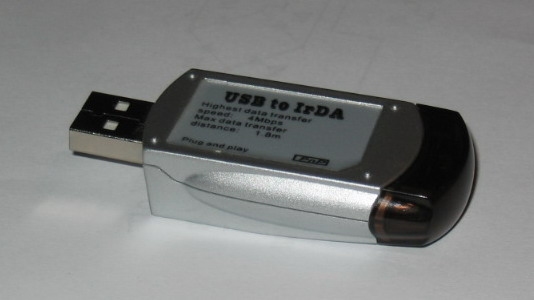
Most keyboards connect via a USB port or a PS/2 port. Try plugging it into a different port. Wireless keyboards need special drivers to work properly, and connect via a Bluetooth interface. If Windows does not recognize your Keyboard, your Keyboard Driver might be missing, corrupted or need to be updated.
- End-to-end walkthrough for creating a UWP app that talks to a USB device
- Companion sample: Custom USB device access sample
Important APIs
Use the Windows Runtime APIs, introduced in Windows 8.1, to write UWP apps that gives users access to their peripheral USB device. Such apps can connect to a device based on user-specified criteria, get information about the device, send data to the device and conversely get data streams from the device, and poll the device for interrupt data.
Here we describe, how your UWP app using C++, C#, or Visual Basic app can implement those tasks, and link to examples that demonstrate the use of classes included in Windows.Devices.Usb. We'll go over the device capabilities required in the app manifest and how to launching the app when the device is connected. And we'll show how to run a data transfer task in the background even when the app is suspended to conserve battery life.
Follow the steps in this section or, skip directly to the Custom USB device access sample. The companion sample implements all the steps here, but to keep things moving we won't walk through the code. Certain steps have a Find it in the sample section to help you find the code quickly. The structure of the sample's source files is simple and flat so you can easily find code without having to drill down through multiple layers of source files. But you may prefer to break up and organize your own project differently.
In this section
Walkthrough—Writing UWP app for USB devices
| Step | Description |
|---|
Step 1—Install the Microsoft-provided WinUSB driver as function driver for your device. | QuickStart:WinUSB (Winusb.sys) Installation You can install Winusb.sys in these ways: - When you connect your device, you might notice that Windows loads Winusb.sys automatically because the device is a WinUSB Device.
- Install the driver by specifying the system-provided device class in Device Manager.
- Install the driver by using a custom INF. You can get the INF in either of these two ways:
- Get the INF from the hardware vendor.
- Write a custom INF that references the Microsoft-provided Winusb.inf file. For more information, see WinUSB (Winusb.sys) Installation.
|
Step 2—Get the device interface GUID, hardware ID, and device class information about your device. | You can obtain that information from the device manufacturer. Vendor and product identifiers In Device Manager, view the device properties. On the Details tab, view the Hardware Id property value. That value is a combination of those two identifiers. For example, for the SuperMUTT device, the Hardware Id is 'USBVID_045E&PID_F001'; vendor ID is '0x045E' and product ID is '0xF001'. - Device class, subclass, and protocol codes
- Device interface GUID
Alternatively, you can view information the registry. For more information, see USB Device Registry Entries. |
Step 3—Determine whether the device class, subclass, and protocol allowed by the Windows Runtime USB API set. | You can write a UWP app, if device class, subclass, and protocol code of the device is one of the following: name:cdcControl, classId:02 * *name:physical, classId:05 * *name:personalHealthcare, classId:0f 00 00name:activeSync, classId:ef 01 01name:palmSync, classId:ef 01 02name:deviceFirmwareUpdate, classId:fe 01 01name:irda, classId:fe 02 00 name:measurement, classId:fe 03 *name:vendorSpecific, classId:ff * *
|
Step 4—Create a basic Visual Studio 2013 project that you can extend in this tutorial. | For more information, see Getting started with UWP apps. |
Step 5—Add USB device capabilities to the app manifest. | QuickStart:How to add USB device capabilities to the app manifest Open your Package.appxmanifest file in a text editor and add the DeviceCapability](/uwp/schemas/appxpackage/appxmanifestschema/element-devicecapability)'>DeviceCapability element with Name attribute set to 'usb' as shown in this example. Note You cannot modify the USB device capability in Visual Studio 2013. You must select and hold (or right-click) the Package.appxmanifest file in Solution Explorer and select Open With..., and then XML (Text) Editor. The file opens in plain XML. Find it in the sample: The USB device capabilities are added in the Package.appxmanifest file. |
Step 6— Extend the app to open the device for communication. | Quickstart:How to connect to a USB device (UWP app) - Find the device by building an Advanced Query Syntax (AQS) string that contains search criteria for finding the device in the enumerated device collection.
- Open the device in one of two ways:
Passing the AQS to FindAllAsync](/uwp/api/Windows.Devices.Enumeration.DeviceInformation#Windows_Devices_Enumeration_DeviceInformation_FindAllAsync_System_String_)'>FindAllAsync and get the DeviceInformation](/uwp/api/Windows.Devices.Enumeration.DeviceInformation)'>DeviceInformation object for the device. For more information, see Quickstart: enumerating commonly used devices. - By using a DeviceWatcher](/uwp/api/Windows.Devices.Enumeration.DeviceWatcher)'>DeviceWatcher object to detect when the device is added to or removed from the system.
- Pass the AQS to CreateWatcher](/uwp/api/Windows.Devices.Enumeration.DeviceInformation#Windows_Devices_Enumeration_DeviceInformation_CreateWatcher)'>CreateWatcher and get a DeviceWatcher](/uwp/api/Windows.Devices.Enumeration.DeviceWatcher)'>DeviceWatcher object.
- Register event handlers on the DeviceWatcher](/uwp/api/Windows.Devices.Enumeration.DeviceWatcher)'>DeviceWatcher object.
- Get the DeviceInformation](/uwp/api/Windows.Devices.Enumeration.DeviceInformation)'>DeviceInformation object for the device in your Added](/uwp/api/Windows.Devices.Enumeration.DeviceWatcher#Windows_Devices_Enumeration_DeviceWatcher_Added)'>Added event handler.
- Start and stop the DeviceWatcher](/uwp/api/Windows.Devices.Enumeration.DeviceWatcher)'>DeviceWatcher object.
For more information, see How to get notifications if devices are added, removed, or changed.
- Get the device instance from the DeviceInformation.Id](/uwp/api/Windows.Devices.Enumeration.DeviceInformation#Windows_Devices_Enumeration_DeviceInformation_Id)'>DeviceInformation.Id property.
- Call FromIdAsync](/uwp/api/Windows.Devices.Usb.UsbDevice#Windows_Devices_Usb_UsbDevice_FromIdAsync_System_String_)'>FromIdAsync by passing the device instance string and get the UsbDevice](/uwp/api/Windows.Devices.Usb.UsbDevice)'>UsbDevice object.
Find it in the sample: See files named Scenario1_DeviceConnect. |
Step 7(Recommended)—Study your USB device layout. | Review basic USB concepts about configuring the device and performing data transfers: Concepts for all USB developers. View the device configuration descriptor, interface descriptors for each supported alternate settings, and their endpoint descriptors. By using USBView, you can browse all USB controllers and the USB devices connected to them, and also inspect the device configuration. |
Step 8— Extend the app to get and show USB descriptors in the UI. | Quickstart:How to get USB descriptors (UWP app) Find it in the sample: See files named Scenario5_UsbDescriptors. |
Step 9— Extend the app to send vendor-defined USB control transfers. | Quickstart:How to send a USB control transfer request (UWP app) - Get the vendor command from the hardware specification of the device.
- Create a UsbSetupPacket](/uwp/api/Windows.Devices.Usb.UsbSetupPacket)'>UsbSetupPacket object and populate the setup packet by setting various properties.
- Start an asynchronous operation to send the control transfer by these methods depending on the direction of the transfer:
Find it in the sample: See files named Scenario2_ControlTransfer. |
Step 10— Extend the app to read or write bulk data. | Quickstart:How to send a USB bulk transfer request (UWP app) - Get the bulk pipe object (UsbBulkOutPipe](/uwp/api/Windows.Devices.Usb.UsbBulkOutPipe)'>UsbBulkOutPipe or UsbBulkInPipe](/uwp/api/Windows.Devices.Usb.UsbBulkInPipe)'>UsbBulkInPipe).
- Configure the bulk pipe to set policy parameters.
- Set up the data stream by using the DataReader](/uwp/api/Windows.Storage.Streams.DataReader)'>DataReader or DataWriter](/uwp/api/Windows.Storage.Streams.DataWriter)'>DataWriter object.
- Start an asynchronous transfer operation by calling DataReader.LoadAsync](/uwp/api/Windows.Storage.Streams.DataReader#Windows_Storage_Streams_DataReader_LoadAsync_System_UInt32_)'>DataReader.LoadAsync or DataWriter.StoreAsync](/uwp/api/Windows.Storage.Streams.DataWriter#Windows_Storage_Streams_DataWriter_StoreAsync)'>DataWriter.StoreAsync.
- Get results of the transfer operation.
Find it in the sample: See files named Scenario4_BulkPipes. |
Step 11— Extend the app to get hardware interrupt data. | Quickstart:How to send a USB interrupt transfer request (UWP app) - Get the interrupt pipe object (UsbInterruptInPipe](/uwp/api/Windows.Devices.Usb.UsbInterruptInPipe)'>UsbInterruptInPipe or UsbInterruptOutPipe](/uwp/api/Windows.Devices.Usb.UsbInterruptOutPipe)'>UsbInterruptOutPipe).
- Implement the interrupt handler for the DataReceived](/uwp/api/Windows.Devices.Usb.UsbInterruptInPipe#Windows_Devices_Usb_UsbInterruptInPipe_DataReceived)'>DataReceived event.
- Register the event handler to start receiving data.
- Unregister the event handler to stop receiving data.
Find it in the sample: See files named Scenario3_InterruptPipes. |
Step 12— Extend the app to select an interface setting that is not currently active. | Quickstart:How to select a USB interface setting (UWP app) When the device is opened for communication, the default interface and its first setting is selected. If you want to change that setting, follow these steps: - Get the active setting of a USB interface by using the UsbInterfaceSetting.Selected](/uwp/api/Windows.Devices.Usb.UsbInterfaceSetting#Windows_Devices_Usb_UsbInterfaceSetting_Selected)'>UsbInterfaceSetting.Selected value.
- Set a USB interface setting by starting an asynchronous operation by calling UsbInterfaceSetting.SelectSettingAsync](/uwp/api/Windows.Devices.Usb.UsbInterfaceSetting#Windows_Devices_Usb_UsbInterfaceSetting_SelectSettingAsync)'>UsbInterfaceSetting.SelectSettingAsync.
|
Step 13— Close the device. | Quickstart:How to connect to a USB device (UWP app) After you are finished using the UsbDevice object, close the device. C++ apps must release the reference by using the delete keyword. C#/VB apps must call the UsbDevice.Dispose](/uwp/api/Windows.Devices.Usb.UsbDevice#Windows_Devices_Usb_UsbDevice_Dispose)'>UsbDevice.Dispose method. JavaScript apps must call UsbDevice.Close](/uwp/api/Windows.Devices.Usb.UsbDevice#Windows_Devices_Usb_UsbDevice_Close)'>UsbDevice.Close. Find it in the sample: See files named Scenario1_DeviceConnect. |
Step 14—Create a device metadata package for the app. | Tool:Device Metadata Authoring Wizard- If you have the Windows Driver Kit (WDK) installed, open Driver > Device Metadata > Authoring.
- If you have the Standalone SDK installed, the tool is located at <install_path>binx86DeviceMetadataWizardexe.
Associate your app with the device by following the steps in the wizard. Enter this information about your device: - On the Device Info page, enter Model Name, Manufacturer, and Description.
- On the Hardware Info page, enter the hardware ID of your device.
To declare the app as a privileged app for your device, follow these instructions: On the App Info page, in the Privileged application group, enter the Package name, Publisher name, and UWP app ID. Note Do not check the Access custom driver option. - Open the Finish tab. Select the Copy packages to your system's local metadata store check box.
- Connect the device, in Control Panel, open View devices and printers and verify that the icon of the device is correct.
Find it in the sample: See the DeviceMetadata folder. |
Step 15—Extend the app to implement AutoPlay activation so that the app is launched when the device is connected to the system. | Quickstart:Register an app for an AutoPlay device You can add AutoPlay capabilities so that app is launched when the device is connected to the system. You can enable Autoplay for all UWP apps (privileged or otherwise). - In your device metadata package, you must specify how the device should respond to an AutoPlay notification. On the Windows Info tab, select the UWP device app option and enter app information as shown here:
In the app manifest, add AutoPlay Device declaration and launch information as shown here: - In the OnActivated method of the App class, check if the app is activated by the device. If it is, then the method receives a DeviceEventArgs parameter value that contains the DeviceInformation.Id](/uwp/api/Windows.Devices.Enumeration.DeviceInformation#Windows_Devices_Enumeration_DeviceInformation_Id)'>DeviceInformation.Id property value. This is the same value described in Step 6—Extend the app to open the device for communication](#step6)'>Step 6—Extend the app to open the device for communication.
Find it in the sample: See files named Autoplay. For JavaScript, see default.js. |
Step 16—Extend the app to implement a background task that can perform length transfers to the device, such as firmware update without the app getting suspended. | To implement background task, you need two classes. The background task class implements the IBackgroundTask](/uwp/api/Windows.ApplicationModel.Background.IBackgroundTask)'>IBackgroundTask interface and contains the actual code you create to either sync or update your peripheral device. The background task class is executed when the background task is triggered and from the entry point provided in your app’s application manifest. Note The device background tasks infrastructure provided by Windows 8.1. For more information about Windows background tasks see Supporting your app with background tasks. Background task class - Implements the IBackgroundTask](/uwp/api/Windows.ApplicationModel.Background.IBackgroundTask)'>IBackgroundTask interface required by the Windows background task infrastructure.
- Obtains the DeviceUseDetails instance passed to the class in the Run method and uses this instance to report progress back to the Microsoft Store app and to register for cancellation events.
- The Run method also calls the private OpenDevice and WriteToDeviceAsync methods that implement the background device sync code.
The UWP app registers and triggers a DeviceUseTrigger background task. The app register, trigger, and handle progress on a background task. Note The example code that follows can be applied to the DeviceServicingTrigger background task by use the corresponding objects. The only difference between the two trigger objects and their corresponding APIs are the policy checks made by Windows. - Creates DeviceUseTrigger and BackgroundTaskRegistration objects.
- Checks to see if any background tasks were previously registered by this sample application and cancels them by calling the Unregister method on the task.
- Registers the background task that will sync with the device. The SetupBackgroundTask method is called from the SyncWithDeviceAsync method in the next step.
- Initializes the DeviceUseTrigger and saves it for later use.
- Creates a BackgroundTaskBuilder object and uses its Name, TaskEntryPoint and SetTrigger properties and method to register the app’s DeviceUseTrigger object and background task name. The BackgroundTaskBuilder object’s TaskEntryPoint property is set to the full name of the background task class that will be run when the background task is triggered.
- Registers for completion and progress events from the background task so the Microsoft Store app can provide completion and progress updates to the user.
- The private SyncWithDeviceAsync method registers the background task that will sync with the device and starts the background sync.
- Calls the SetupBackgroundTask method from the previous step and registers the background task that will sync with the device.
- Calls the private StartSyncBackgroundTaskAsync method which starts the background task.
- Closes the app’s handle to the device to ensure that the background task is able to open the device when it starts.
Note The background task will need to open the device to perform the update so the Microsoft Store app must close its connections to the device before calling RequestAsync - Calls the DeviceUseTrigger object’s RequestAsync method which starts triggers the background task and returns the DeviceTriggerResults object from RequestAsync used to determine if the background task started successfully.
Note Windows checks to ensure that all necessary task initiation policy checks have been completed. If all policy checks are completed the update operation is now running as a background task outside of the Microsoft Store app, allowing the app to be safely suspended while the operation is in progress. Windows will also enforce any runtime requirements and cancel the background task if those requirements are no longer met. - Uses the DeviceTriggerResults object returned from StartSyncBackgroundTaskAsync to determine if the background task started successfully. A switch statement is used to inspect the result from DeviceTriggerResults.
- Implements a private OnSyncWithDeviceProgress event handler that will update the app UI with progress from the background task.
- Implements a private OnSyncWithDeviceCompleted event handler to handle the transition from background tasks to foreground app when the background task has completed.
- Uses the CheckResults method of the BackgroundTaskCompletedEventArgs object to determine if any exceptions were thrown by the background task.
- The app reopens the device for use by the foreground app now that the background task is complete and updates the UI to notify the user.
- Implements private button click event handlers from the UI to start and cancel the background task.
- The private Sync_Click event handler calls the SyncWithDeviceAsync method described in the previous steps.
- The private CancelSync_Click event handler calls the private CancelSyncWithDevice method to cancel the background task.
- The private CancelSyncWithDevice method unregisters and cancels any active device syncs so the device can be reopened by using the Unregister method on the BackgroundTaskRegistration object.
Find it in the sample: See files named Scenario7_Sync files. Background class is implemented in IoSyncBackgroundTask. |
Step 17—Run Windows App Certification Kit. | Recommended. Running Windows App Certification Kit helps you make sure your app fulfills Microsoft Store requirements, so you should do this when you've added major functionality to your app. |
Want to know more?
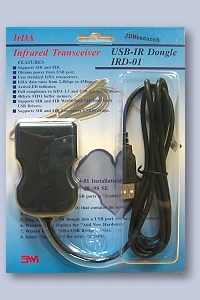
Learn more from related samples.
Related Samples
Learn more about designing UWP app UI.
Roadmap for UWP apps using C# and Visual Basic and Roadmap for UWP apps using C++
Learn more about creating UWP apps using C++, C#, or Visual Basic in general.
Learn about how to make your apps stay responsive when they do work that might take an extended amount of time.
edit
USB To Uart 3V3 is a USB to serial adapter, which is based on CH340, a USB bus convert chip. It can realize the convert of USB to serial interface/IrDA infrared/printer interface. This module can be used for uploading code or communicating with MCUs.
Features¶
Full speed USB device interface, conforms to USB Specification Version 2.0
Supports baud rate varies from 2400bps to 115200bps.
Hardware full duplex serial interface, set transceiver buffer
LED Indicator
Specification¶
Driver Usb Irda Sangha Studio Burlington
Interface Function¶
- ①:Power Indicator
②:Micro USB
③:TX Indicator
④:RX Indicator
- ⑤:Uart Breakout
Usage¶
Driver Install¶
USB To Uart 5V/3V3 is used as USB To Serial Port interface.It need to install driver.
Windows/Linux¶
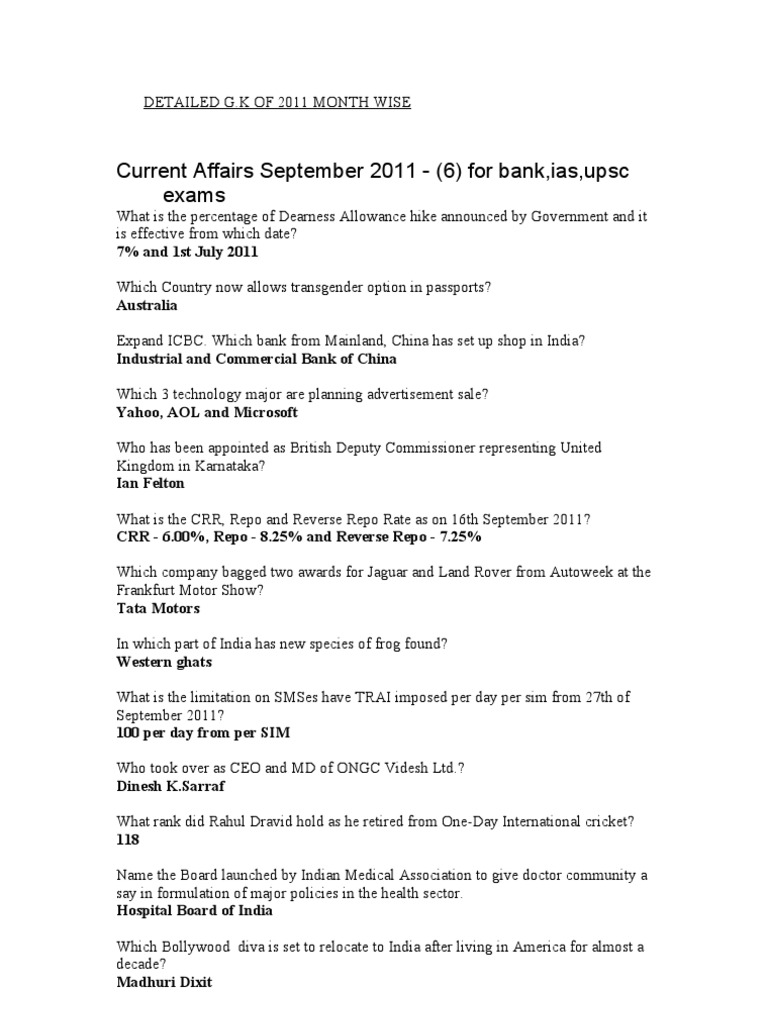
Totally compatible with serial application program in computer endpoint Windows operation system
1)You plug it to computer by USB Port.
2)Wait a minute,you can find it in Device Manager.
3)If you can not find the port,please download Driver from Here
Mac OS¶
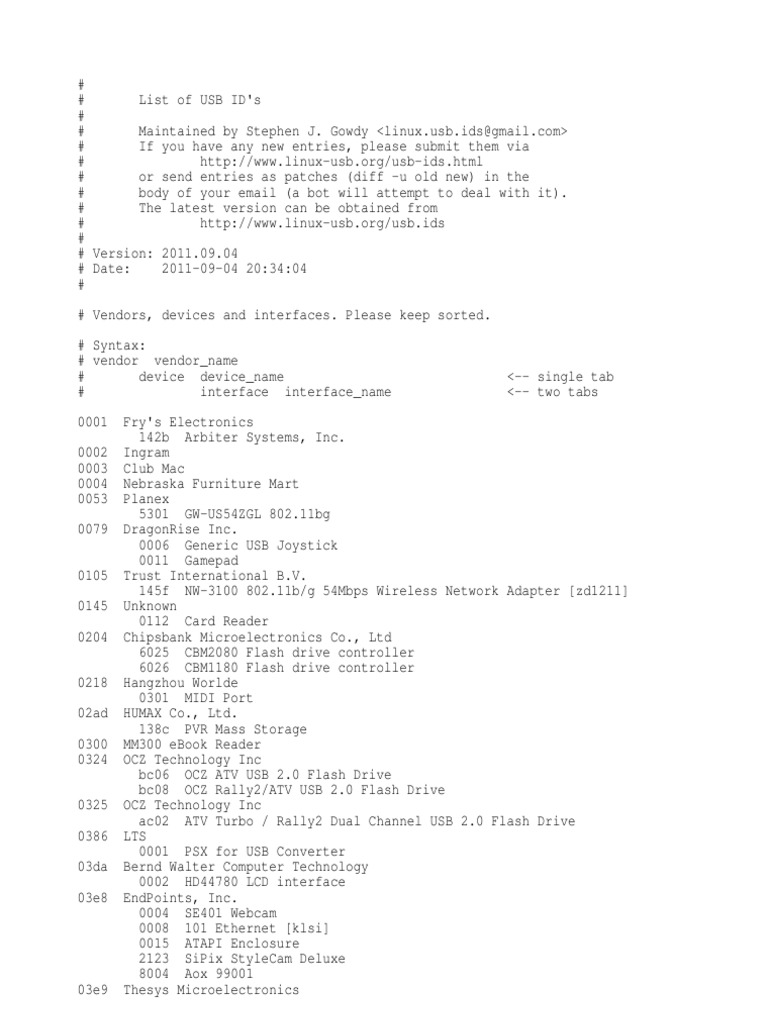
Driver download: http://www.wch.cn/download/CH341SER_MAC_ZIP.html
On Mac OS Yosemite:
1) Install the CH340 driver
2) Open Terminal program (located in /Applications/Utilities/)
3) Type command: sudo nvram boot-args='debug=0x146 kext-dev-mode=1'
4)Type password;
5)Restart your computer;
If you want restore your Mac’s setting,You can exit developer mode by redefining the boot-arg to your previous settings, or clear your boot-args as follows: sudo nvram -d boot-args
Hardware¶
Driver Usb Irda Sangha Studio
You should like this connect your circuit.
Example¶
We can download code to Seeeduino Ethernet by USB To Uart 3V3.
Driver Usb Irda Sangha Studio North
Note that you should select the correct board type and COM port.
Schematic Online Viewer¶
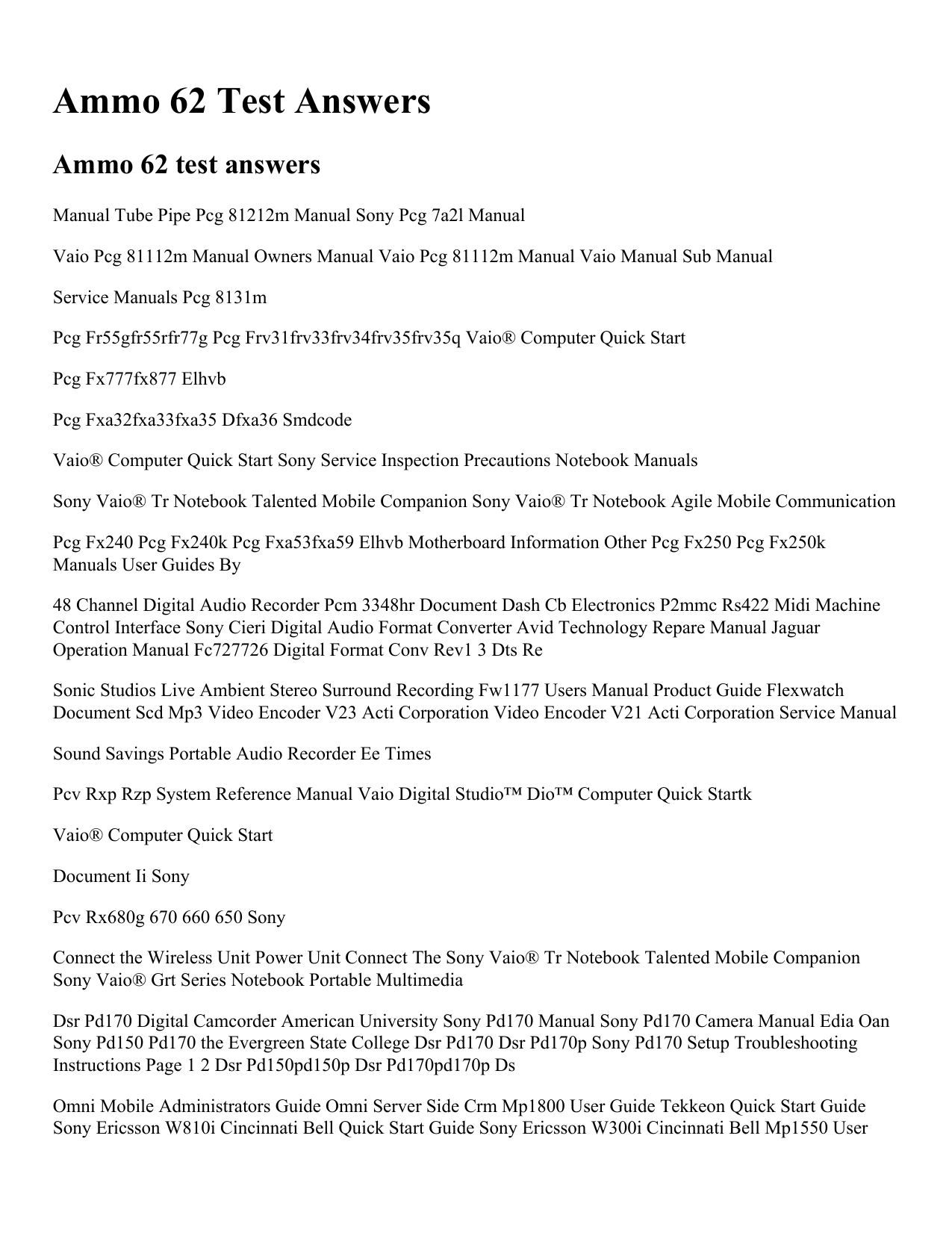
Resource¶
[Eagle]USB To Uart 3V3 v1.0 Eagle File
[PDF]USB To Uart_3V3 pdf
[EAGLE]USB To Uart_3V3 sch
[PDF]Schematic in pdf
[Datasheet]Datasheet of CH340
Driver Usb Irda Sangha Studio Pine
Tech Support¶
Please submit any technical issue into our forum.



